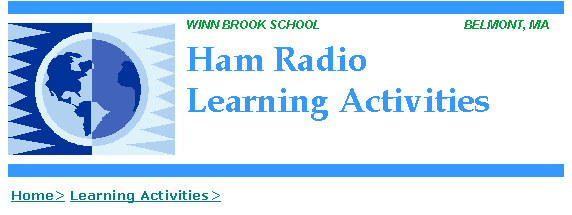
|
QSL Latitude and Longitude Adventures By Donna LaRoche
Class Discussion Questions and Facts · Why are latitude and longitude lines helpful? What do lines tell map readers? What are degrees, minutes, seconds? · Degrees contain 60 minutes of arc. · Minutes contain 60 seconds of arc. · Seconds can be further divided into tenths, hundredths, or even thousandths. Example: 35° 43’9” means 35 degrees, 43 minutes and 9 seconds. · Latitude is the distance North or South of the equator, marked across the map and/or globe. Degrees latitude are numbered from 0° to 90° north and south. Each degree of latitude is approximately 69 miles (111 km) apart; there is a variation due to the fact that the earth is not a perfect sphere. · Longitude is the distance East or West of the prime meridian, marked down the map and/or globe. The vertical longitude lines are also known as meridians. Zero degrees longitude is located at Greenwich, England (0°). The degrees continue 180° east and 180° west where they meet and form the International Date Line in the Pacific Ocean.
Materials QSL Cards Wall or Desktop World Map Atlas Books QSL Latitude and Longitude Adventures activity http://geography.about.com/cs/latitudelongitude/a/latlong.htm http://www.enchantedlearning.com/geography/world/cylatlongoutlinemap/ Download Parallels of Latitude and Meridians of Longitude Guides (pdf file) Procedure 1. Prior to the lesson, select 10 QSL cards from the class collection and prepare 10 QSL clue cards. QSL clue card examples might include . . .
I am located at _____° North latitude and ______° East longitude. I am ________________________________.
I am located at _____° South latitude and ______° West longitude. I am ________________________________.
I am located at _____° North latitude and ______°West longitude. I am ________________________________.
I am located at _____° South latitude and ______° East longitude. I am ________________________________.
2. Arrange and display 10 QSL cards in the center of a circle.
3. Read the first QSL clue card to students.
4. Instruct students to determine the QSL card location on a world map and/or in an atlas.
5. Record QSL card name and location.
©Natasha Bochkov, M.C.S., Martin Bayes, Ph.D., and Donna LaRoche, M.Ed. |